Extinct Swiss cow turns up in Patagonia
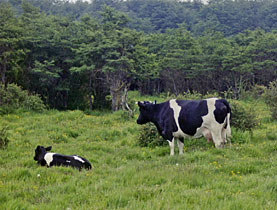
For over 35 years the classic black-and-white Fribourg cow is thought to have been extinct. But several examples have apparently reappeared – in South America.
Retired Swiss economist Roger Pasquier rediscovered what are thought to be Fribourg cows, imported from Switzerland in the 1930s, while investigating his family roots in Punta Arenas in southern Chile.
The last purebred Fribourg cow – a bull named Héron – was slaughtered in Switzerland in 1975.
But according to Pasquier, who photographed several black-and-white cows while travelling to Patagonia in 2005 and 2007, the breed lives on.
He also collected information on José Davet, a Chilean with Swiss roots and a former Swiss vice-consul, who imported a dozen cows from Blessens, a village between Fribourg and Lausanne, in the 1930s.
Pasquier’s discovery has created considerable media interest in Switzerland. The animal and plant protection foundation ProSpecieRara now intends to carry out further research into the Chilean black-and-white cows.
“I notice much more interest for the cows than for the Swiss emigrants,” said Pasquier, who has published a book entitled, The people of Fribourg and their descendants in Chilean Patagonia.
“But I understand the people of Fribourg. They are fond of their traditions and customs linked to this animal, such as the ascent to the summer pastures.
“It used to be a real festival with the black-and-white cow wearing its traditional bells. There are others who might not be farmers or cattle-raisers but who also have very close sentimental ties to this tradition.”
Extinction
The Fribourg cow, like many other breeds of cattle, died out in the second half of the 19th century during the process of industrialisation.
“The Holstein cow from Holland, which is an excellent milk-producing cow and also has black and white markings, replaced the symbol of canton Fribourg,” said Philippe Ammann, deputy director of ProSpecieRara.
Many Swiss do not realise that the original Fribourg cow died out, added Amman.
“In 1975 the last bull was slaughtered, causing us to lose part of Switzerland’s animal diversity,” he said.
“Nobody foresaw the extinction of the old breeds, but everyone looked to the future of new ones. They saw that a cross between a Holstein cow and a Fribourg cow resulted in larger animals with better milk production.
“Everyone then produced crossbreeds and nobody thought about preserving a purebred like the Fribourg cow which subsequently disappeared,” said Amman.
Traces
If the information collected by Pasquier proves to be correct, the Fribourg cow survived on the grasslands in Punta Arenas, Patagonia. Amman now plans to follow the traces of the black-and-white Chilean cows to prove their Swiss origins.
“It’s important that at the start of the project we can prove that the export between 1926-1930 actually took place to Punta Arenas; we would like to document the facts,” he said.
The search has started for local archives but without any success so far. Amman doubts that any statistics were kept in Fribourg during the post-First World War period.
The next phase will involve locating the farms in southern Chile where the black-and-white breed still lives and sending an expert to collect blood samples to confirm their parentage with that of their ancient Swiss descendants.
“We will no longer be able to compare the results with the genetic codes of the original Fribourg cow but with the Simmental breed, which still exists and is very similar to the extinct Fribourg breed. The Simmental is red and white and belonged to the same herd,” said Amman.
Apparently the farmers in Punta Arenas also tried to crossbreed cows to make them more productive. But they were unsuccessful because the crossbred calves, unlike the Fribourg cows, couldn’t stand the extreme southerly climate.
This leads experts to believe that the breeds found in Chile are relatively free of other genetic influences and the extinct Swiss breed can be saved.
swissinfo, based on an article in Spanish by Patricia Islas Züttel
Roger Pasquier made three trips to the southern Magallanes region of Chile in 2005 and 2007 to look for traces of his ancestors who emigrated there in 1876.
According to witness accounts, his family members from Fribourg took with them plants and the local black-and-white breed of cow.
In 2007 Pasquier visited a dairy belonging to Jaime Barrientos to take photographs of the cows which reminded him of a similar breed kept at his grandfather’s farm in Fribourg. This enabled him to compare the species from Punta Arenas with that of the extinct Fribourg cow.
The Fribourg cow was bred in the early 19th century as a robust, all-round livestock. Later it was crossed and replaced by brown Canadian Holstein cows.
In 1940 there were around 40,000 Fribourg cows. The last example of the breed, a bull named Héron, was killed in 1975.
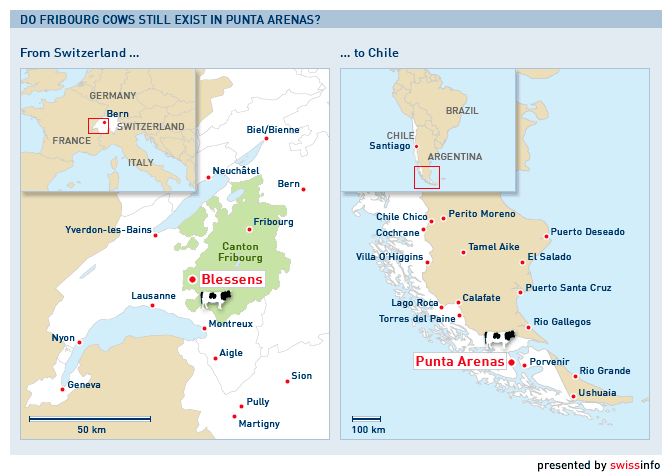

In compliance with the JTI standards
More: SWI swissinfo.ch certified by the Journalism Trust Initiative

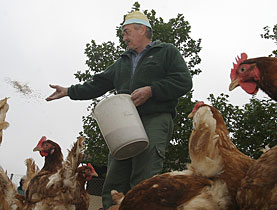
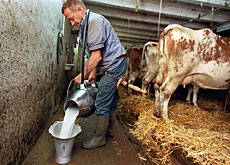
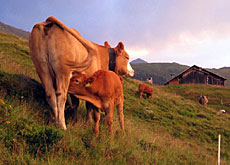
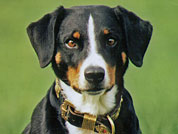
You can find an overview of ongoing debates with our journalists here. Please join us!
If you want to start a conversation about a topic raised in this article or want to report factual errors, email us at english@swissinfo.ch.